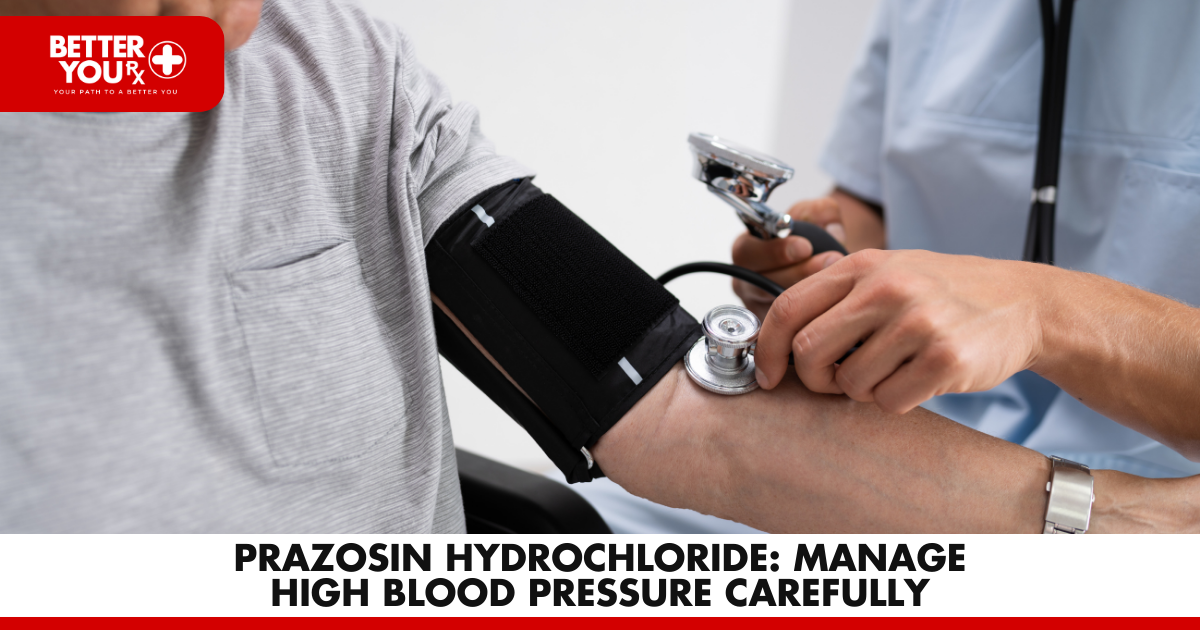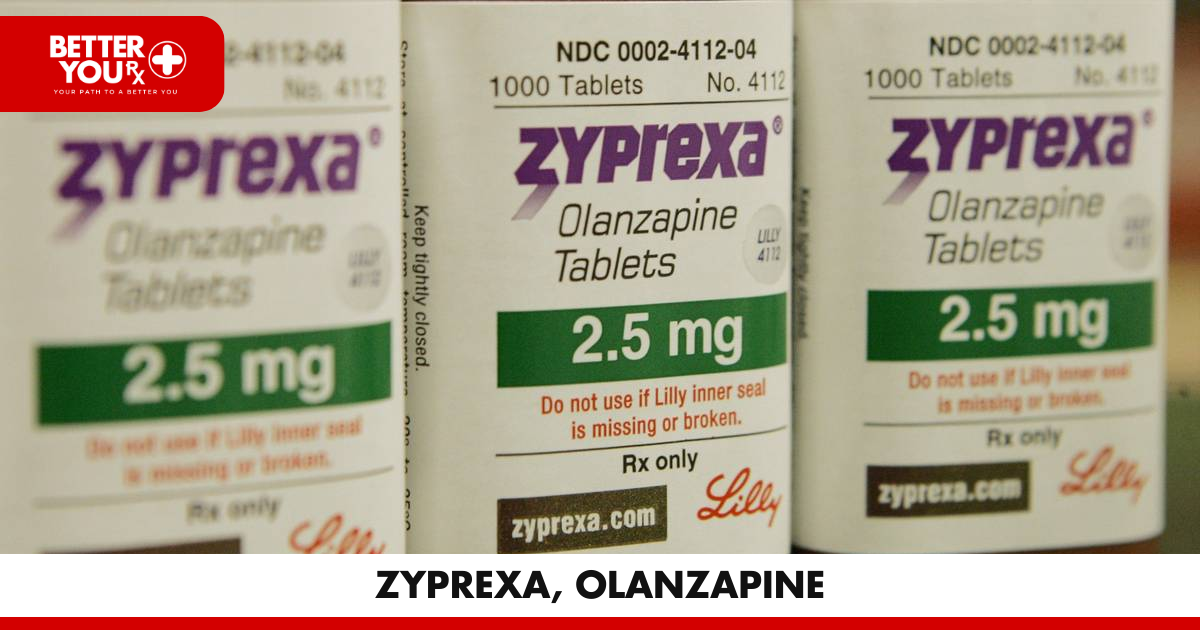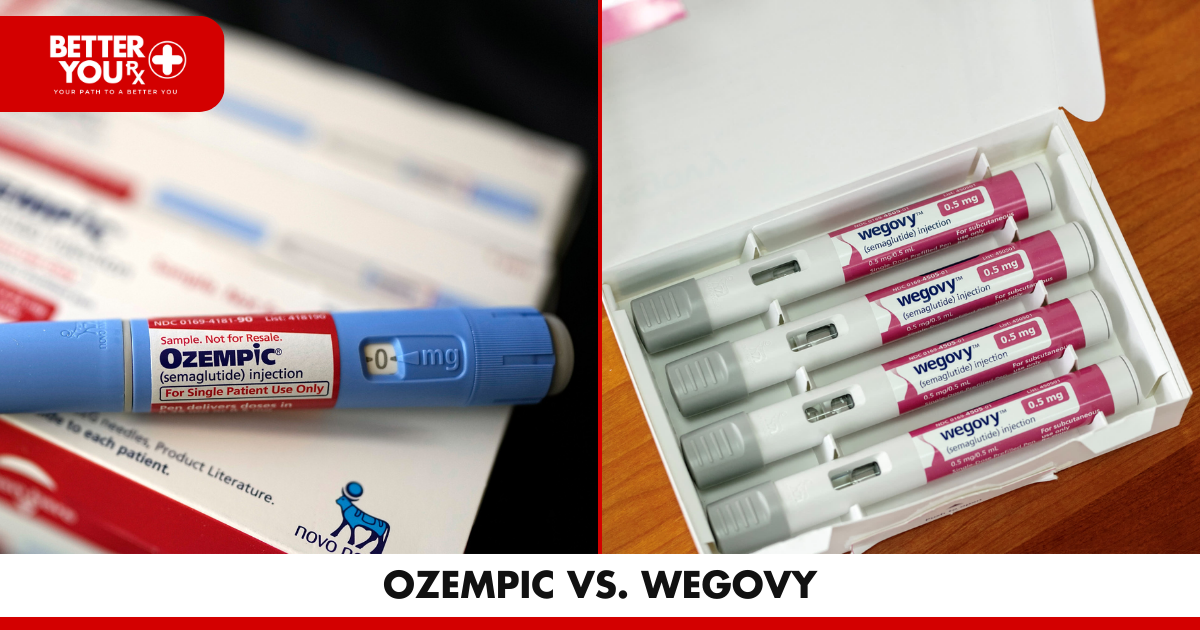The injectable medicine Ozempic has been a worldwide phenomenon after the Federal Health Authority approved it in 2017. Yes, it is a non-insulin treatment for adults with Type 2 Diabetes and existing cardiovascular disease that is remarkably effective. Nevertheless, that hasn’t been the main cause of Ozempic’s success in the media and on social media.
Instead, one of Ozempic’s side effects, weight loss, has made it a household brand and, incidentally, caused a worldwide shortage due to high demand. Celebrities, social media influencers, and billionaires have all openly publicized their weight reduction struggles and triumphs as a result of the Ozempic, motivating millions of people to look for the medication themselves.
So, if you’ve heard of Ozempic for weight reduction and are unsure whether a prescription for the medication will be appropriate in your situation, you’re not alone.
Even if Ozempic is linked to weight loss, it’s not always easy to lose weight while taking it. In addition to not being suitable for everyone, Ozempic isn’t officially approved as a weight-loss medication (more on this below). Even if your doctor thinks Ozempic is a good option for your requirements and circumstances, weight reduction outcomes might vary greatly depending on a wide range of factors.
We’ll examine Ozempic in-depth in this article to learn more about how it aids in weight loss. We’ll discuss who is a good candidate for the medication, how much weight you can lose while taking it, and any potential positive or bad effects it can have on your body.
None of the below material, despite being thoroughly researched, is intended to be medical advice. Speak with your doctor or healthcare provider directly for further details about Ozempic and to ascertain whether it would be the best option for you.
Overview
When combined with appropriate lifestyle modifications (diet, exercise, and more), the Type 2 Diabetes drug Ozempic (semaglutide) has been linked to weight loss in both people with and without Type 2 Diabetes. Many medical practitioners prescribe it for weight loss even though the Federal Health Authority has not approved it for this use.
Ozempic aids in lowering blood sugar levels, decreasing hunger, and delaying digestion. As a result, each patient’s weight loss while taking the medication will be different. The effectiveness of Ozempic varies depending on the individual. The drug dosage being used, genetics, metabolism, food, exercise, emotional well-being, sleep, medical history, and tolerance to adverse effects are some of these.
Ozempic: What Is It?
Adults with Type 2 Diabetes are treated with the name-brand prescription drug Ozempic (semaglutide), which is injected subcutaneously once per week. In individuals with Type 2 Diabetes and pre-existing cardiovascular disease, it also lowers the risk of serious adverse cardiovascular events.
Although Ozempic has not been approved by the Federal Health Authority as a weight-loss medication, it is occasionally administered off-label for obese patients or overweight people who have at least one weight-related medical condition (such as high blood pressure, high cholesterol, or cardiovascular disease). Wegovy, the sibling medication of Ozempic, is licensed for the chronic management of weight in adults and adolescents when used in conjunction with a nutritious diet and regular exercise. Ozempic and Wegovy are relatively similar drugs, albeit Wegovy has a greater dosage (2.4 mg).
For single-patient use, Ozempic is offered in prefilled injectable pens. The usual initial dose for patients on Ozempic is 0.25 mg per week, which is non-therapeutic. The weekly dosage is raised to 0.5 mg after four weeks. The prescribing physician will assess whether or not additional dose increases (up to 1 mg or a maximum of 2 mg weekly) are required after another four weeks have passed. Ozempic’s dosage can be gradually increased over a period of weeks or months to assist the body get used to the medication and can lessen the severity of potential adverse effects.
How Ozempic Works to Help You Lose Weight
Although Ozempic isn’t technically approved as a weight reduction medication, clinical studies on its key ingredient, semaglutide, showed that it can cause medically significant weight loss. This resulted in Wegovy’s clearance for chronic weight management.
But precisely how can Ozempic support a healthy weight loss program?
The group of drugs known as GLP-1 receptor agonists includes Ozempic. This simply means that semaglutide, the drug’s active ingredient, mimics a hormone that is naturally produced in the small intestine and released in reaction to eating. The glucagon-like peptide 1 (GLP-1) hormone controls blood sugar levels and appetite by acting on the brain and digestive tract.
Semaglutide alerts your brain that digestion is starting when it attaches to GLP-1 receptors all over your body. As a result, there are less food cravings and more sensations of satiety (fullness). Like all GLP-1 receptor agonists, Ozempic slows down the entire digestive process, including gastric emptying—the pace at which food passes from the stomach into the small intestine. You can feel satisfied for a longer period of time as a result.
It’s significant to remember that Ozempic doesn’t operate independently. It’s crucial to combine weekly Ozempic injections with lifestyle modifications like a nutritious diet, frequent exercise, lots of sleep, and emotionally healthy behaviors in order to observe significant weight loss outcomes.
How Ozempic Aids in Blood Sugar Reduction
In the human body, hunger, diet, weight reduction, and blood sugar regulation are all closely related—and they all have a big effect on your health. After all, Type 2 Diabetes and obesity are closely connected diseases.
Let’s examine some of Ozempic’s methods of function in more detail to learn how it affects all of the above:
The Pancreas Releases More Insulin With the Aid of Ozempic
The quantity of sugar in your blood rises after eating. Your pancreas responds by producing insulin to control (lower) your blood sugar levels.
By letting your pancreas know that digestion is starting, Ozempic makes it more sensitive. Your body then begins to release natural insulin into the bloodstream as a result.
You can delay the onset of Type 2 Diabetes in the future by maintaining better blood sugar control.
Ozempic assists in preventing the over storage of fat and sugar by your liver.
Your liver responds to high blood sugar levels by storing sugar as glycogen, which will be released later when your body requires it. However, an excessive accumulation of glycogen may also result in fat being stored throughout the body.
Ozempic helps control blood sugar levels, which in turn supports the liver’s ability to store and use a healthy quantity of glycogen. This is advantageous for both weight loss and general health.
Ozempic delays the exit of food from your stomach.
Semaglutide decreases digestion overall and stomach emptying, as was already indicated. By decreasing your appetite, helping you feel fuller for longer, and enabling you to eat smaller portions without getting hungry, this aids in weight loss. As opposed to dramatic spikes and troughs, it encourages a steady, gradual release of sugar into your bloodstream, which may lower your chance of developing diabetes or other dangerous illnesses.
Reduces the Risk of Cardiovascular Events: Ozempic
In individuals with Type 2 Diabetes and established cardiovascular disease, Ozempic has been demonstrated in clinical trials to lower the risk of major adverse cardiovascular events. Even in patients who do not have diabetes or a history of cardiovascular disease, this connection is favorable for those who are overweight or obese.
On Ozempic, how much weight can you lose?
The precise quantity of weight you will lose while taking Ozempic cannot be predicted. Why? Because each and every patient is distinctive in their own particular manner. The following are some of the elements that will determine how much weight you may lose:
- How much semaglutide you’re taking and how frequently you’re giving it to yourself
- Your personal habits (food, exercise, sleep, and emotional well-being)
- Your genetics, metabolism, and medical history
- How well you can tolerate Ozempic’s side effects
The SUSTAIN studies by Ozempic showed a definite link between Ozempic and weight loss in Type 2 Diabetes patients. Ozempic’s STEP studies showed a definite link between the medication and weight loss in obese and overweight people with or without Type 2 Diabetes when administered at a dose of 2.4 mg weekly.
More than 70% of obese and overweight participants in one 68-week experiment lost at least 10% of their initial body weight. About 50% of the participants lost 15% or more of their initial body weight.
Who Can Use Ozempic to Lose Weight?
For adult patients with Type 2 Diabetes, Ozempic is recommended. Nevertheless, some medical practitioners recommend Ozempic for weight loss outside of its approved uses. If your needs and circumstances make you a candidate for taking Ozempic, only your doctor will be able to tell you.
Side Effects Of OZEMPIC
There are numerous potential adverse effects of Ozempic, most of which are minor and go away with time. The gastrointestinal adverse effects of Ozempic that are most frequently reported are nausea, vomiting, abdominal pain, constipation, and diarrhea. Reactions at the injection site, headaches, lightheadedness, and mild hypoglycemia are less frequent.
In terms of serious side effects, contact your doctor or seek immediate medical attention if you experience any of the following:
- Serious allergic responses
- Profound hypoglycemia
- Gallbladder, kidney, or pancreatitis issues
- A change in vision
- Having trouble breathing, swallowing, or feeling a lump in your neck (which could be a thyroid tumor).
Before using Ozempic, tell your doctor about all of your health issues, current medications (including herbal supplements), and habits like drinking and smoking.
People with a personal or family history of thyroid cancer should not take Ozempic. Additionally, it is not permitted while nursing, trying to conceive, or while pregnant.
Discover the transformative power of Ozempic at Better You Rx Pharmacy! Unveil a healthier, happier you with the non-insulin treatment that’s taken the world by storm. Say goodbye to the struggles of weight reduction as Ozempic’s remarkable side effect takes center stage. Experience the phenomenon that celebrities, influencers, and millions worldwide are raving about – and now, it’s within your reach.
Unlock the potential for weight loss, enhanced blood sugar control, and reduced cardiovascular risk with Ozempic. While not officially approved as a weight-loss medication, countless success stories and clinical studies testify to its effectiveness. Better You Rx Pharmacy offers you the chance to embrace the power of Ozempic under the guidance of expert healthcare providers.
Take the first step towards a healthier future. Consult our dedicated professionals to determine if Ozempic is the right choice for you. Don’t let uncertainty hold you back. Experience the benefits of Ozempic’s cutting-edge science, combined with a balanced lifestyle, and witness the incredible results for yourself.
Empower yourself with Ozempic – Your journey to better health starts now, at Better You Rx Pharmacy.










